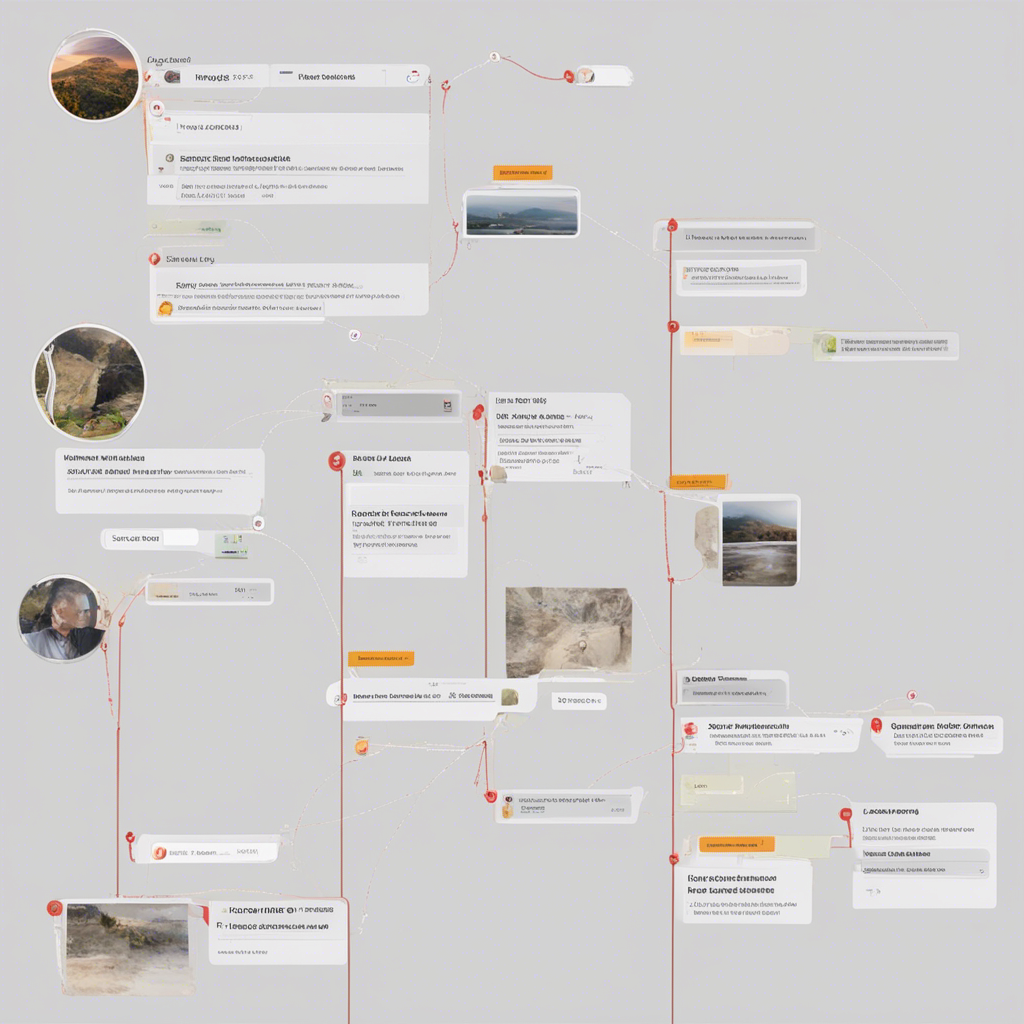
How to Prioritize Features in a Tech Product
When developing a tech product, whether it’s a software application or a physical device, it’s crucial to prioritize features effectively. Prioritization allows you to allocate your resources efficiently and deliver the most valuable features to your users or customers. In this blog post, we will explore various strategies to help you prioritize features in your tech product, ensuring maximum value and customer satisfaction.
Understanding Your Customers’ Needs
To effectively prioritize features, it’s essential to have a deep understanding of your customers’ needs and expectations. Conducting thorough market research, user interviews, and surveys can provide valuable insights into what features are most important to your target audience. Consider involving your users in the product development process through beta testing or early access programs. Their feedback can inform your prioritization decisions and help you align your product with their expectations.
Analyzing the Competitor Landscape
It’s also important to analyze the competitor landscape to understand what features your competitors are offering and how they are positioning their products. This analysis can help you identify any gaps or areas where you can differentiate your product. By offering unique and valuable features that address customer pain points or provide superior functionality, you can gain a competitive advantage. Remember, prioritizing features that set you apart from competitors can be a powerful strategy.
Applying the MoSCoW Method
The MoSCoW method is a widely used prioritization technique in the tech industry. It involves categorizing features into four priority levels:
-
Must-Have: These are essential features that are critical to the core functionality or value proposition of your product. Without these features, your product may be unusable or significantly less valuable. Prioritize must-have features at the top of your list.
-
Should-Have: Should-have features are important but not critical to the core functionality. They enhance the user experience, provide additional value, or address common user needs. Prioritize should-have features after must-have features.
-
Could-Have: Could-have features are nice to have, but their absence does not impact the core functionality or value proposition of your product. They may offer additional convenience or extend functionality. Prioritize could-have features after should-have features.
-
Won’t-Have (this time): These are features that you have consciously decided not to include in the current product version. They might be too complex, costly to develop, or not aligned with your product vision. Revisit won’t-have features in future iterations or product releases.
By categorizing features using the MoSCoW method, you can focus your efforts on delivering the most critical features early on while keeping future enhancements in mind.
Utilizing User Feedback and Data
While market research and competitor analysis provide valuable insights, user feedback and data can offer real-world validation of feature prioritization decisions. Monitor user feedback channels, such as customer support inquiries, social media mentions, and product reviews, to understand what features or enhancements your users are requesting most frequently. Consider implementing analytics tools to gather user data on feature usage, adoption rates, and user satisfaction. This data-driven approach can help you make informed decisions when prioritizing features.
Cost-Benefit Analysis
Another effective approach to feature prioritization is conducting a cost-benefit analysis. Evaluate each feature based on its potential impact on user satisfaction, business goals, and development effort. Assign weights to different criteria based on their importance, and then score each feature accordingly. By considering the benefits and costs associated with each feature, you can prioritize those with high impact and low effort, maximizing the return on your development investment.
Iterative and Agile Development
Lastly, it’s important to adopt an iterative and agile development approach. Instead of trying to define all features upfront, focus on delivering a minimum viable product (MVP) that addresses the core functionality and value proposition. This allows you to gather user feedback early on and make informed decisions about subsequent feature prioritization and development cycles. Embracing an agile mindset also facilitates quick iterations and adaptability, ensuring that you can respond to changing market dynamics and user needs.
Conclusion
Prioritizing features in a tech product is a complex but essential task. By understanding your customers’ needs, analyzing the competitor landscape, applying prioritization techniques like the MoSCoW method, utilizing user feedback and data, conducting cost-benefit analyses, and adopting an iterative development approach, you can effectively prioritize features and deliver a valuable product that meets customer expectations. Remember, feature prioritization is an ongoing process that requires continuous evaluation and adjustment as your product evolves and customer needs change.
Note: The strategies mentioned in this blog post are general guidelines and may vary depending on the specific context and requirements of your tech product.
References:
-
Coad, P. (2003). “Use and Abuse of the MoSCoW Prioritization Technique.” Agile Journal. Link to Article
-
Cagan, M. (2013). Inspired: How to Create Tech Products Customers Love. Wiley.
-
Osterwalder, A., & Pigneur, Y. (2010). Business Model Generation: A Handbook for Visionaries, Game Changers, and Challengers. Wiley.
-
Olsen, E., & Ruud, H. (2014). Lean Enterprise: How High Performance Organizations Innovate at Scale. O’Reilly Media.






